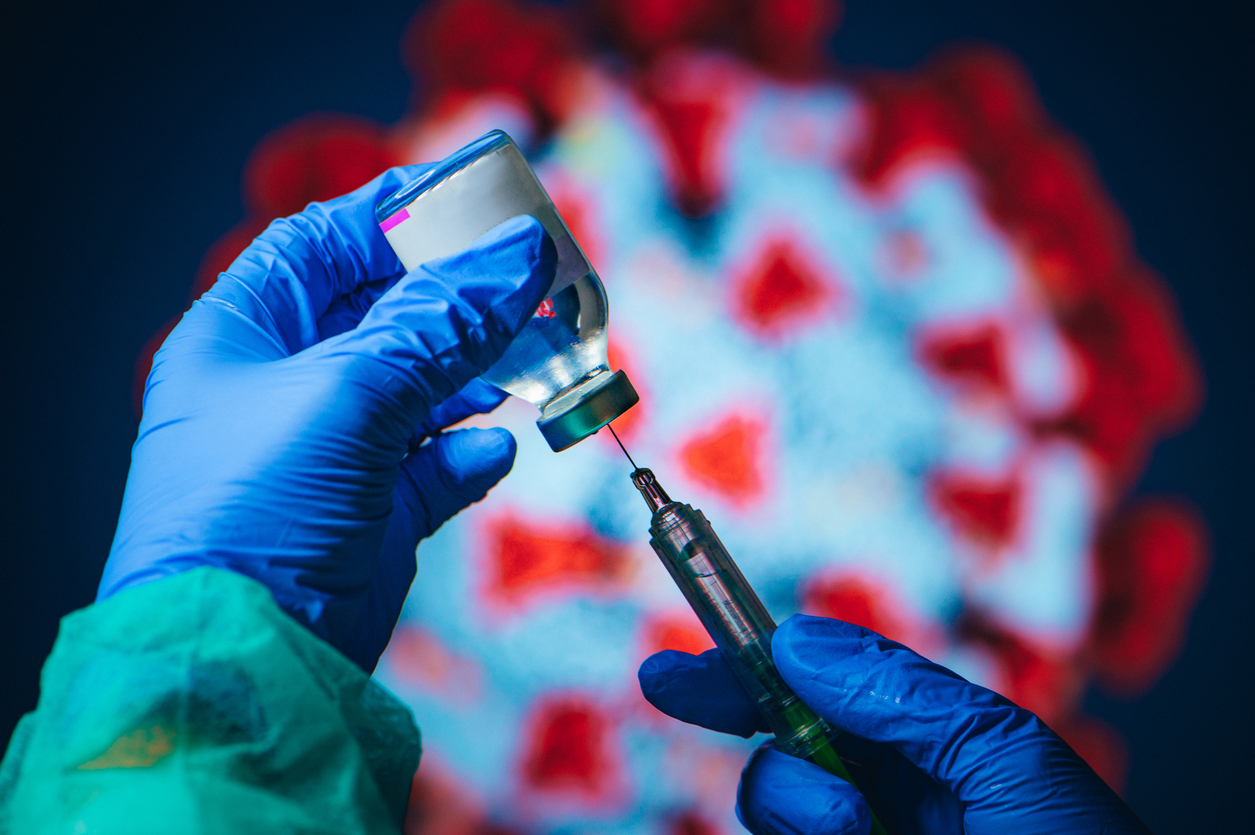
Huge disparity in vaccination coverage among nations to stump global growth
The extent of people vaccinated worldwide has shown up the enormous disparity that dogs the much sought-after preventive from reaching each and everyone on earth. While some are close to achieving complete vaccination, others have just about started receiving vaccines in dribbles.

The extent of people vaccinated worldwide has shown up the enormous disparity that dogs the much sought-after preventive from reaching each and everyone on earth. While some are close to achieving complete vaccination, others have just about started receiving vaccines in dribbles.
Countries leading the pack are those with smaller populations— United Arab Emirates (at least one dose amounting to 124 for 100), Israel (117 for 100), Bahrain (96), Chile (91) and Maldives (87), in that order, according to data published (as on May 24, 2021) by the New York Times under the “Our World in Data” project at the University of Oxford.
The United Kingdom at 91 per 100 is followed by the United States at 86. The other big power Russia is at a distant 18 per 100, while emerging power China has vaccinated 37. These numbers account for at least one dose in an individual.
Also read: What Wuhan scientists’ symptoms could tell us about COVID origins
India is trailing at 14 per 100, comparable to Australia at exactly the same number. A small consolation is that leaving aside Maldives; India leads in the South Asian region with others way behind – Pakistan at 2.3, Bangladesh at 6, Sri Lanka at 8.1 and Nepal at 9.2.
Nations like Nicaragua in Central America, South Sudan and Central African Republic in Africa and Yemen, Libya in Asia are just about starting to get the vaccines. These are among the 130 nations that until about a month ago had not received any vaccine.
The percentage equivalence hides the actual numbers vaccinated in terms of population. But even in real numbers, India with 191,719,240 doses falls behind China (518, 858,000 doses) and the United States (285, 720,586).
There are at least 16 different vaccines that are in use at the moment. Covishield is used in 166 countries, closely followed by Pfizer in 102 nations and Moderna in 49 countries. China’s Sinopharm is in use in 48 countries, while Sinovac in 28 countries. Russia’s Gamaleya (Sputnik V) is being used in 42 countries. There are others which are being used in single countries like QazVac in Kazhakstan. India’s own Covaxin is in use in five countries.
Lurking underneath the skewed distribution of vaccines across the world is the open fight over who gets it all first. International bodies like the World Health Organisation (WHO), Red Cross and the United Nations had worked out a programme – Covax – under which they had drawn up a plan to vaccinate two billion doses in 2021.
Also read:No light at the end of India’s COVID vaccine tunnel
More importantly, these doses were planned in an equitable manner so that none would feel discriminated. But, until now, the programme is in tatters with hardly 65 million doses delivered. There are no signs that the remaining will be done by the end of the year. According to WHO officials, the idea behind an equitable distribution is to ensure that the coronavirus is stamped out effectively. If there are countries where the vaccines don’t reach on time, it would be that much more difficult to eliminate the virus.
According to a UN report, “Timely and universal access to COVID-19 vaccinations will mean the difference between ending the pandemic promptly and placing the world economy on the trajectory of a resilient recovery, or losing many more years of growth, development and opportunities.”
If governmental bungling in advance planning, for which India is constantly quoted as an example, is one reason, the other is the profit-motives of individual vaccine makers that have proved a bugbear in the global effort. Ideally, the licence to make the vaccine should have been distributed freely (without recourse to restrictive patent laws) as that would have helped spread the availability in a more even manner.
In an ideal world, international organisations in conjunction with NGOs working in the health sector should have borne the responsibility for vaccinating everyone. But what is being witnessed is a brazen “survival of the fittest” fight.
Nations like the US and in the European Union, after their fill of the vaccines, are now deigning to “offer” them to other countries and erase any sign of wrongdoing and guilt. But the damage may have been done. The World Economic Situation and Prospects (WESP) mid-year report is in fact warning of widening inequality that threatens global growth projected at 5.4 per cent this year.


